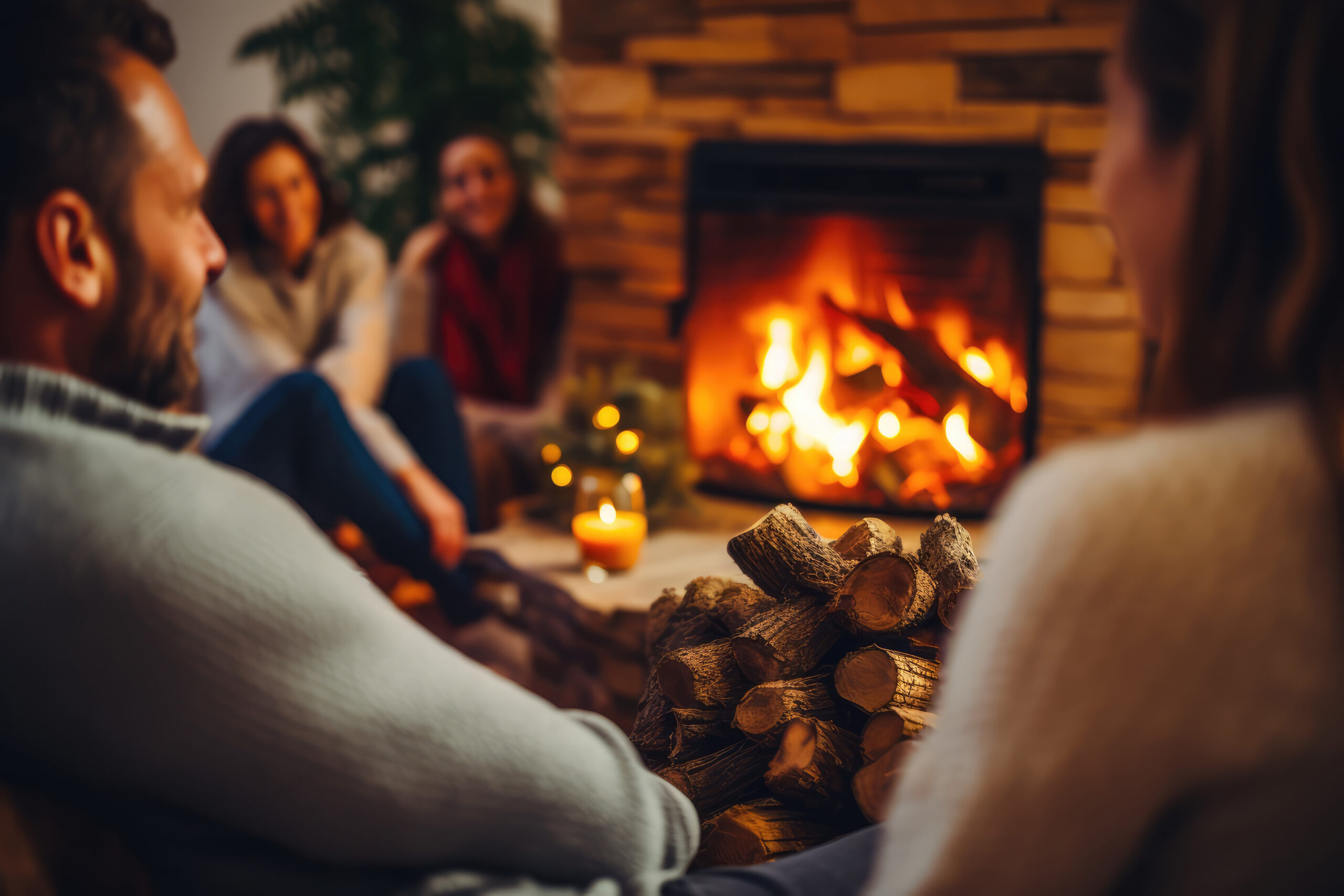Prevent Chimney Fires This Winter: A How-To Guide to Safety and Preparedness
As the chilly winter months approach and the allure of cozy fireplaces beckons, it’s crucial to prioritize safety measures to prevent chimney fires, a significant hazard that can put your home and loved ones at risk. Chimney fires, often caused by creosote buildup, can rapidly escalate into devastating house fires, making it essential to take proactive steps to minimize this risk.
Understanding Creosote and Its Role in Chimney Fires
Creosote, a byproduct of incomplete wood combustion, is a sticky, flammable substance that adheres to the interior walls of chimneys. Over time, creosote accumulation can significantly narrow the chimney flue, restricting airflow and increasing the risk of ignition.
Factors Contributing to Creosote Buildup
Several factors contribute to creosote buildup, including:
- Burning wet or unseasoned wood: Wet wood produces more smoke, leading to increased creosote formation.
- Burning softwoods: Softwoods, such as pine and fir, produce more creosote than hardwoods.
- Incomplete combustion: Inadequate airflow or burning large, tightly packed logs can result in incomplete combustion, promoting creosote buildup.
Preventative Measures to Protect Your Home from Chimney Fires
- Regular Chimney Cleaning and Inspection: Schedule an annual inspection and cleaning by a qualified chimney sweep to remove creosote deposits and assess the overall condition of your chimney.
- Burn Dry, Seasoned Hardwoods: Seasoned hardwoods, such as oak, maple, and ash, burn hotter and produce less creosote than wet or softwoods.
- Maintain Proper Airflow: Ensure adequate airflow by keeping the damper fully open during fireplace use.
- Avoid Burning Oversized Logs or Excessive Firewood: Oversized logs and excessive firewood can lead to incomplete combustion and creosote buildup.
- Protect Your Chimney from Debris: Install a chimney cap with a spark arrester to prevent debris, leaves, and animals from entering the chimney.
- Never Leave a Fire Unattended: Always maintain supervision of a burning fire and extinguish it completely before leaving the house or going to sleep.
- Install Smoke and Carbon Monoxide Detectors: Equip your home with smoke and carbon monoxide detectors to provide early warning of potential hazards.
- Educate Family Members: Ensure all family members understand the importance of fireplace safety and preventative measures.
Prompt Action in Case of a Chimney Fire
If you suspect a chimney fire, act quickly and follow these steps:
- Evacuate the house immediately: Notify all occupants to evacuate the house promptly and call the fire department.
- Do not attempt to extinguish the fire yourself: Chimney fires can be intense and dangerous. Leave firefighting to trained professionals.
- Prevent further fuel supply: If possible, close the fireplace damper to restrict airflow to the fire.
- Cooperate with firefighters: Provide firefighters with information about the chimney and any potential hazards.
Additional Safety Tips
- Use a fireplace screen to prevent embers from escaping into the room.
- Keep flammable materials, such as furniture, curtains, and rugs, at least three feet away from the fireplace.
- Dispose of ashes safely in a metal container with a tight-fitting lid.
- Never use gasoline, lighter fluid, or other flammable liquids to start or accelerate a fire.
By following these guidelines and taking proactive measures, you can significantly reduce the risk of chimney fires and protect your home and loved ones during the winter season. Enjoy the warmth and ambiance of your fireplace with peace of mind, knowing that you have taken the necessary steps to ensure safety and prevent potential hazards.
Helpful Links
- “What You Need to Know When Burning Wood” — Chimney Safety Institute of America
- “How to Select and Store Firewood” — Chimney Safety Institute of America

